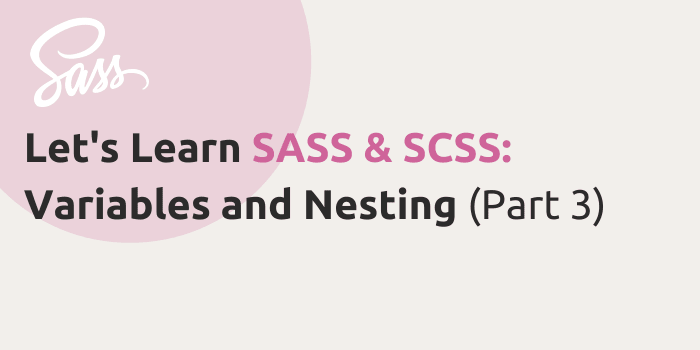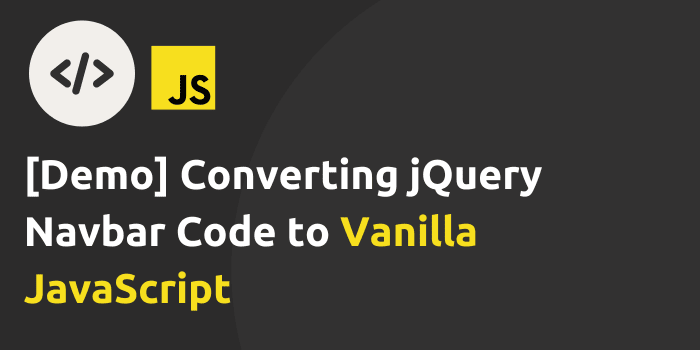gitrebase
More Posts
-
Advancing Your WordPress Workflow: Managing ACF Field Groups The Right Way
Read More
-
Let’s Learn Laravel Blade: Components (Part 4)
Read More
-
Converting jQuery Blog Post Component To Vanilla JS
Read More
-
Let’s Learn SASS & SCSS: Variables and Nesting (Part 3)
Read More
-
(Demo) Converting jQuery Navbar Code to Vanilla JavaScript
Read More
-
Git Amend: How To Edit Your Last Commit
Read More







Comments